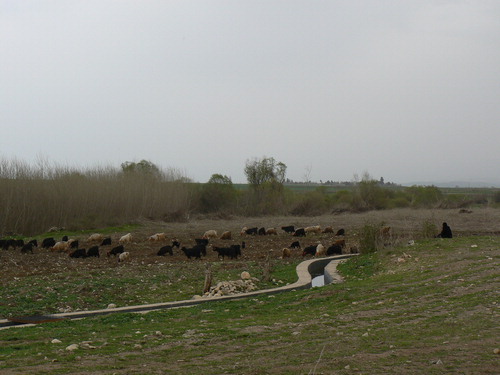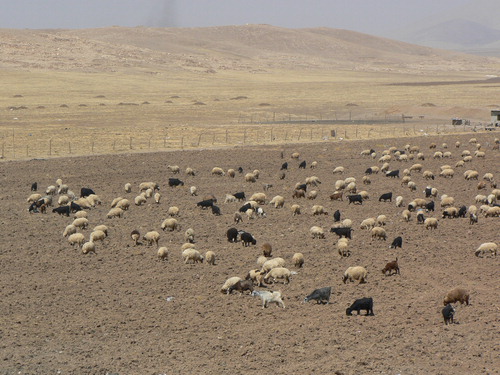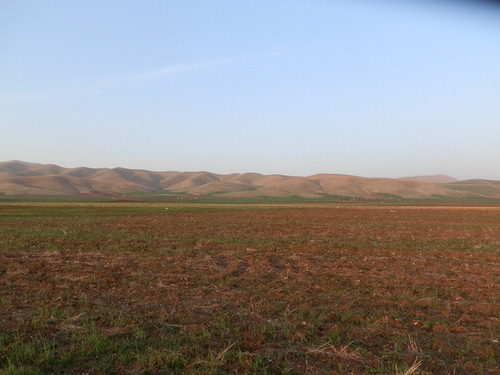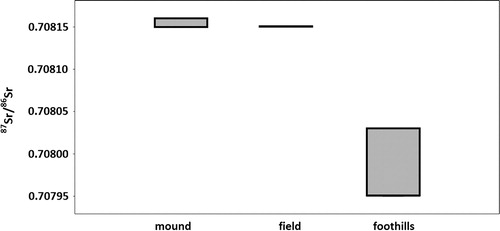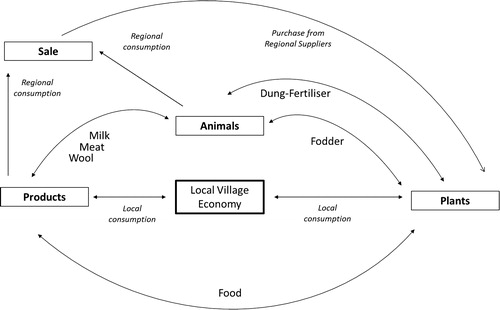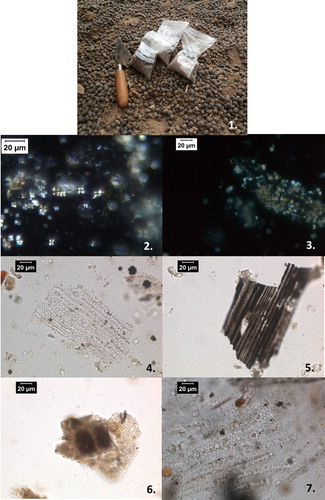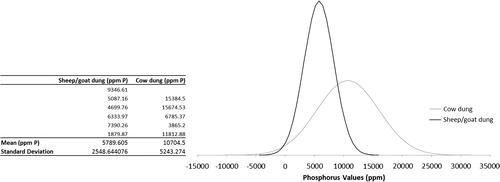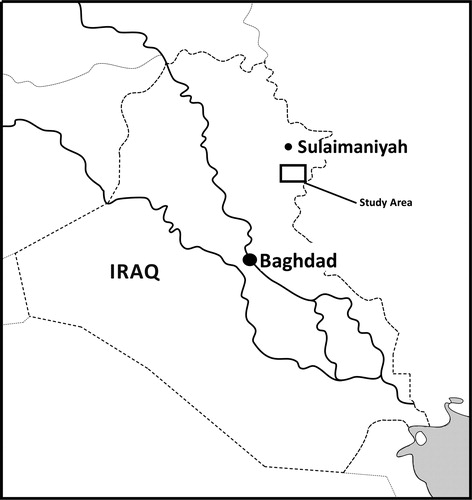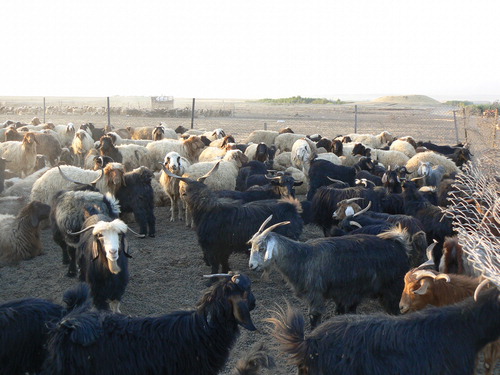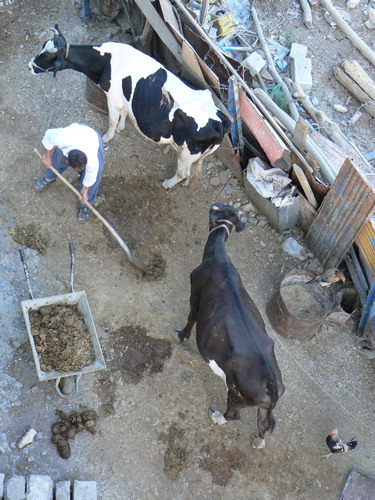Figures & data
Table 1. Seasonal variation in the climate of Iraqi Kurdistan
Table 2. Key ethnographic and experimental dung research by theme with references
Table 3. Key archaeological dung research by theme with references
Table 4. Identification and location of collected plant samples with Citation87Sr/86Sr values
Table 5. Results of x-ray fluorescence, results displayed as major elements in weight per cent and trace elements in parts per million (ppm)
Table 6. Semi-quantitative results of minerals present from x-ray diffraction*
Table 7. Results for P2O5 values recorded by the lab-based XRF and the results for phosphorus taken using the pXRF analyser
Table 8. Households interviewed
Table 9. Questionnaires results from two families in relation to animal management in the past*
Table 10. Questionnaires results from three families in relation to present animal and plant management*
Table 11. Seasonal husbandry practices and land use
Table 12. Results of phosphorus values, spherulite and phytolith extraction from modern dung samples*

